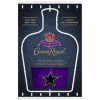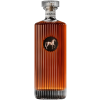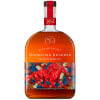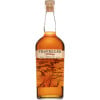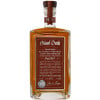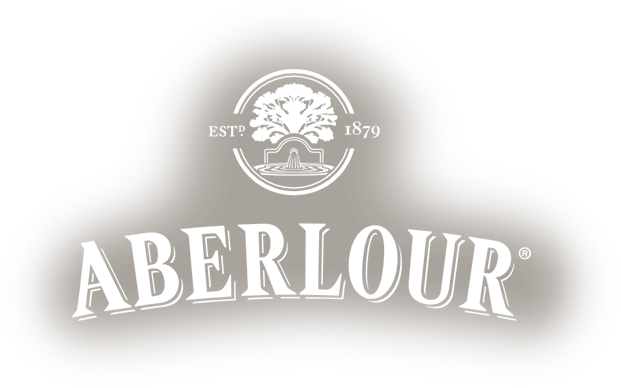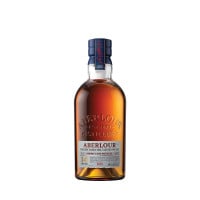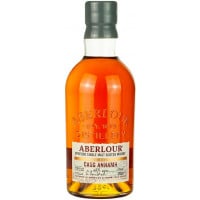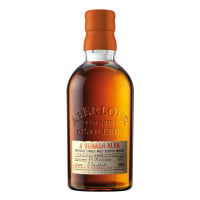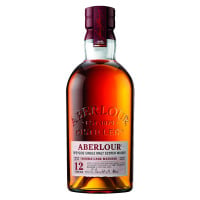THE ORIGINS

The Aberlour Distillery is situated at the confluence of the Lour and Spey Rivers in Strathspey. This wild mountain stream cascades down over mossy waterfalls through wooded glens creating a constant chattering, which the Scotch is named after. Aberlour, in Gaelic, means 'the mouth of the chattering burn' and it is this specific spot that has attracted human settlement since the Stone Age. Believing the water to have healing powers, the druid priests of the ancient Celts were probably the first to use it for distilling alcohol, for the elixirs they dispensed in their ‘hospital’ at Aberlour.
THE DISTILLERY

In 1879 James Fleming, a grain dealer and son of a local tenant, founded the Aberlour Distillery. At the time, he counted a number of whisky distilleries as his customers, and after purchasing more barley than he was able to sell he decided to pursue his long-held dream of opening his own distillery. Fleming found the water from the river to be exceptionally pure and soft from its journey over the granite in the mountains and utilized this to create an exceptionally smooth whisky. A daring modernist, he spared no expense building the distillery and personally supervised every detail of its design and construction, creating what would soon be hailed as 'the perfect model distillery'.
In 1898, a fire consumed much of Aberlour Distillery and its inventory of whisky. Following its destruction, the distillery was rebuilt under the supervision of Charles Doig - Scotland's foremost expert of whisky distilleries at the time. While the composition of the distillery and its equipment has inevitably been altered over the past century, Aberlour's commitment to traditional craftsmanship and quality single malt whisky has remain unchanged.
THE SCOTCH

The mash is then taken and distilled through three separate copper-pot stills: a wash still, Aberlour Single Malt Whisky is made exclusively from Scottish barley, which is malted for approximately seven days before being dried above an unpeated kiln. Once the barley has been dried, it is milled and mashed with water drawn from St. Drostan's Well. The well, which has been the distillery's source for water for over a century, was named after a missionary who used water from the well to baptise inhabitants in 580 AD. After the barley has been mashed, it is fermented before being twice-distilled through Aberlour's copper-pot stills. The stills enjoy broad bases to expose as much direct heat as possible to the wash, and are equipped with swan-shaped necks which capture only the most pure vapors during distillation.
